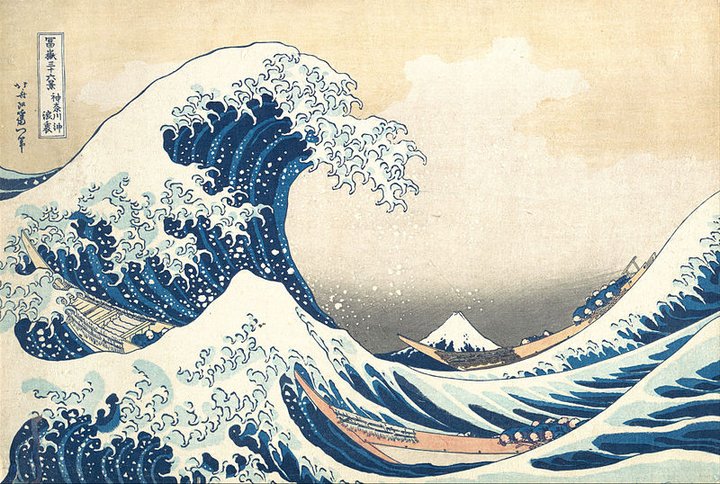
Image: Public domain. Via Wikimedia Commons
Press release from the county:
Are you ready for a tsunami? Monday, March 26 marks the beginning of Tsunami Preparedness Week on the North Coast. During this week, Humboldt County is taking the opportunity to practice our emergency alert procedures in the event of a tsunami generated from a distant earthquake.
On Wednesday, March 28 between 11 a.m. and noon, the National Weather Service (NWS) and Humboldt County will conduct a test of tsunami warning and communications systems. During this time, the Emergency Alert System will be activated. North Coast residents may see or hear test notifications broadcasted over the television and radio. Some residents may hear local tsunami sirens sound and observe the Civil Air Patrol flying along the coast with an audible message.
Registered Humboldt Alert users will receive a test notification during this time, in addition to listed landlines. Humboldt Alert is a voluntary emergency notification system. Registered users are able to receive notifications of public health threats, dangerous weather, safety incidents and other emergencies by landline, email and/or cell phone. To receive this free service, register at the Humboldt County Office of Emergency Services website. [More info here.]
Tsunami Preparedness Week is a great time to prepare your household for emergencies. Reviews tsunami maps from the Redwood Coast Tsunami Work Group to familiarize yourself with tsunami zones where you live, work, play, and travel on their website or via the Humboldt County Tsunami Evacuation Zones App. Talk to your family about your evacuation plans, emergency communications and how you will reunite if you are separated during a local disaster.
NATURAL WARNING vs. OFFICIAL WARNING
A Tsunami Warning is the highest level of tsunami alert and is only issued when flooding of land that is usually dry is expected. Tsunami Warnings are focused on a tsunami coming from far away. If you hear that an official Tsunami Warning has been issued, move away from the beach and out of harbor areas. Tune into local radio or television stations for more information and follow the evacuation directions of local authorities.
If a strong earthquake occurs close to our coast that lasts for 20 seconds or longer, a tsunami may follow. In this case, there will be no time for an official warning to be issued. You must rely on recognizing the natural warning signs of a tsunami. An earthquake is the most likely natural warning sign that a tsunami is coming. Other natural warning signs include the ocean water drawing back and exposing the sea floor, or hearing a load roar from the coast. If you are in a tsunami evacuation zone and observe any of these warnings, move to higher ground or inland on foot as soon as possible. There may be as little as 10 minutes between the earthquake and a tsunami. Remember that surges may continue to arrive for 24 hours or longer.
For more information about tsunami preparedness visit the National Tsunami Warning Center website.
HELPFUL LINKS
CLICK TO MANAGE